Looker Blocks for using third-party data in Google’s Analytics Hub
Joel McKelvey
Looker Product Marketing, Google Cloud
Try Google Cloud
Start building on Google Cloud with $300 in free credits and 20+ always free products.
Free trialBy now, there’s little argument that insights from data fuel business success. But often, internally available data isn’t sufficient to provide the insights businesses need — shared and third-party data such as demographic information, weather, mobility patterns, and so on can provide context that leads to important, differentiating decisions.
The competitive advantages of using third-party data
Businesses that successfully use insights from third-party data are more likely to survive market disruptions, achieve competitive advantage, and grow their businesses.
As a result, organizations increasingly require access to a wider range of shared data, as well as the ability to quickly and seamlessly join new datasets onto existing data assets.
How to quickly access the shared third-party data sources you need
This is why, at Looker, we’re working closely with the Google Cloud Analytics Hub team to provide pre-built analytics (models, dashboards, and more) for data shared within Analytics Hub, scheduled for Preview in Q3 of this year. Looker Blocks include fully built-out data models, custom visualizations, and other code to help make data available for analysis as soon as it’s accessible through the Analytics Hub. Looker Blocks result in faster time-to-insight and simplify the process of leveraging new shared data assets. The initial Blocks available from Analytics Hub will include census/demographic datasets, COVID-19 data, and mobility data (with Blocks for weather data and more coming soon). These Blocks are easily accessed from within the Looker marketplace. Let’s explore them a bit.
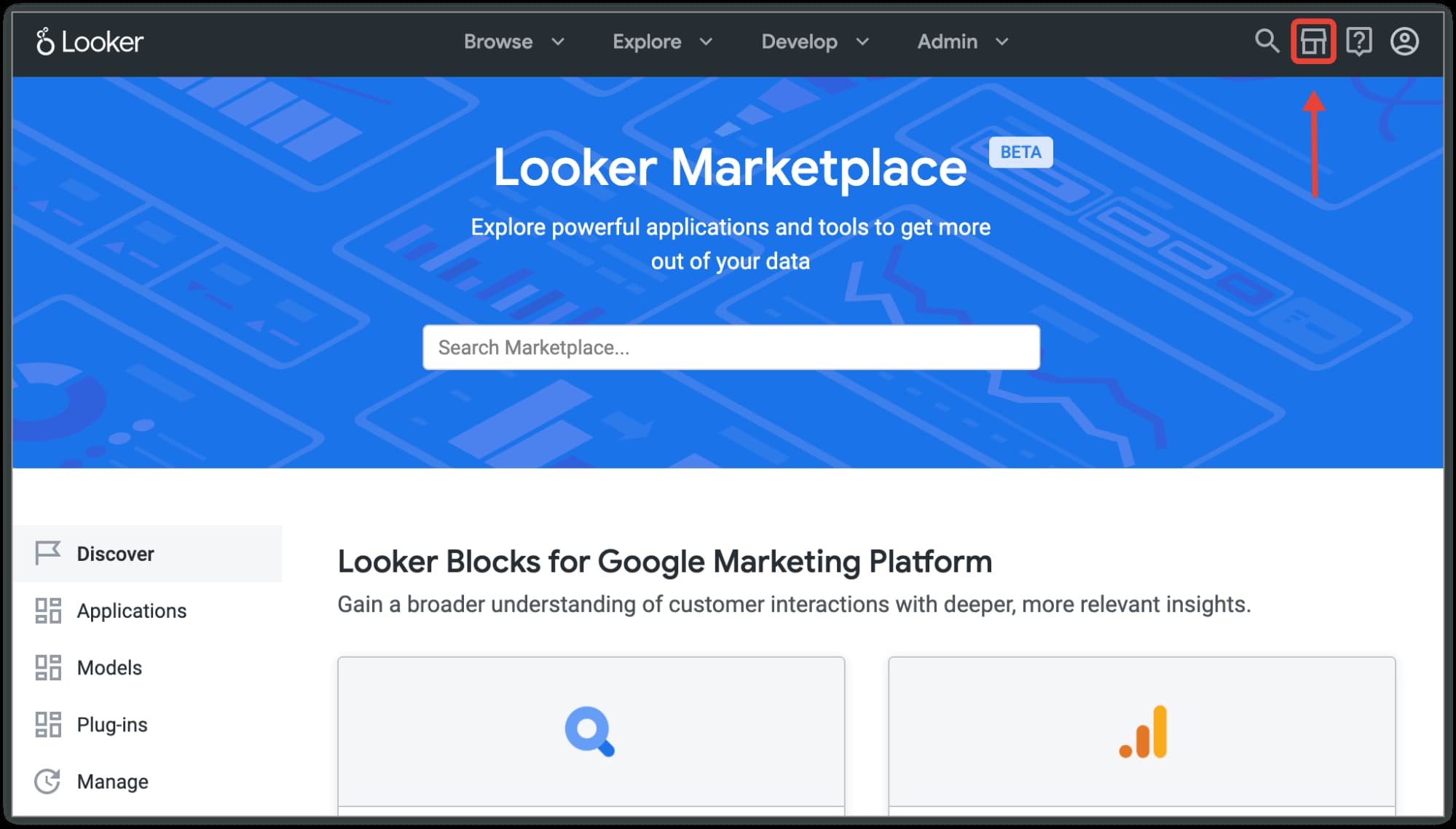

Available Looker Blocks for third-party datasets
Looker’s demographic data Block lets you leverage the latest US census data (from the American Community Survey, or ACS). Join this third-party data with your own to gain insights at the State, County, ZIP Code Tabulation Area, or even Census Block Group level of granularity. It can help you target cohorts of users, understand where customers are physically located, and determine candidate geographic locations of market opportunities.
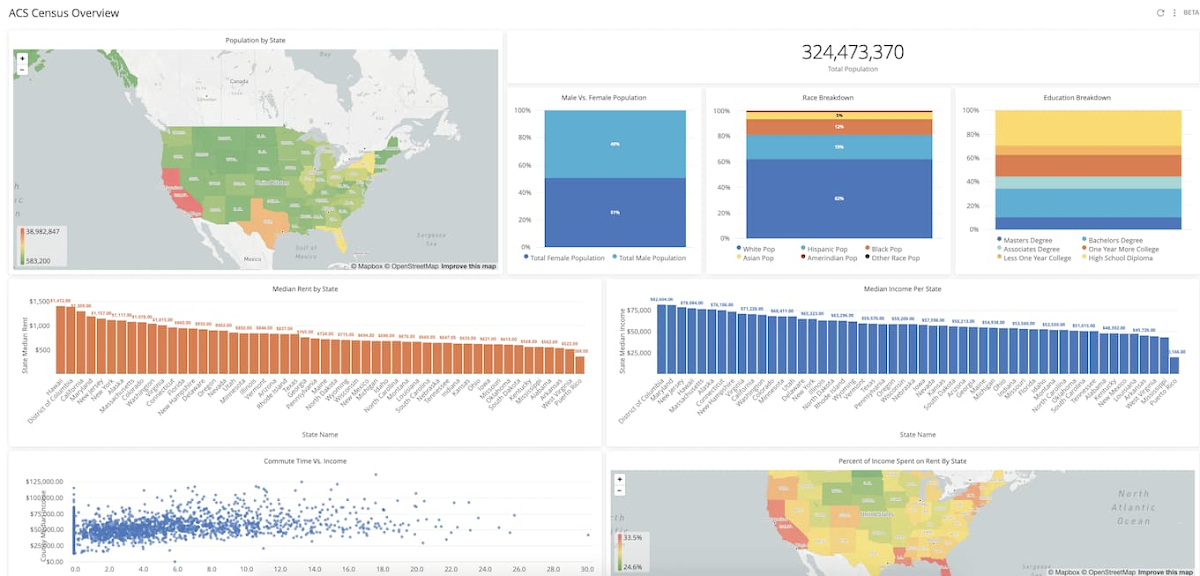

Google teams have compiled COVID-19 data from sources such as the Johns Hopkins Center for Systems Science and Engineering (JHU CSSE), the New York Times, the COVID Tracking Project, Definitive Healthcare, the Kaiser Family Foundation, and Italy’s Dipartimento della Protezione Civile. The Looker Block for this data consists of the relevant LookML models, pre-built dashboards, and Explores. You can even dig into the data directly through publicly accessible dashboards and Explores.
While COVID-19 data sources vary in reliability and frequency of updates, the Looker Block helps businesses better understand COVID-19 trends and combine those insights with key business data. Some data teams are using Looker to join this data with sales and reservation data to identify where and when to reopen their businesses to maximize customer safety.
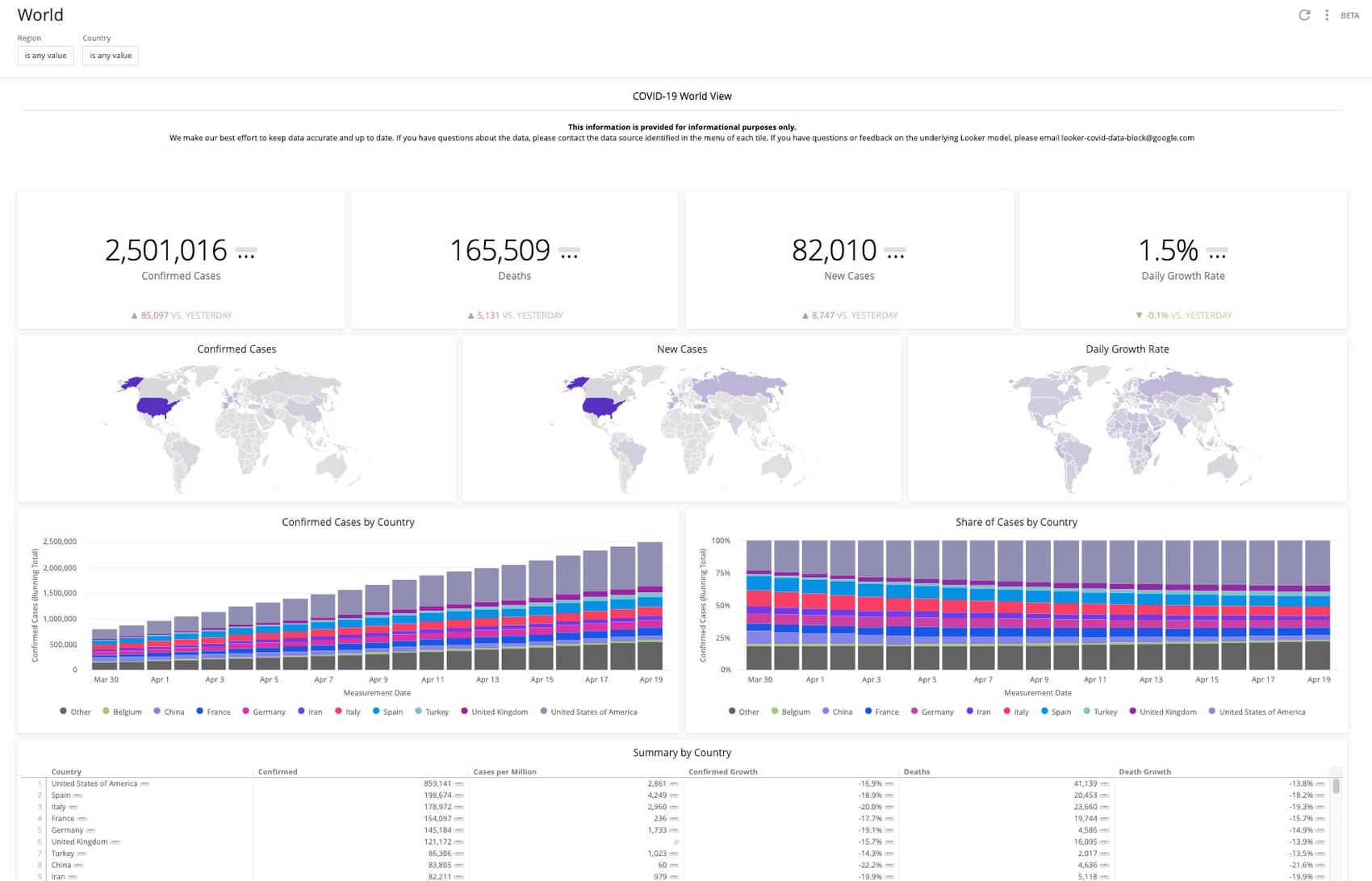

Community mobility data provides movement trends over time by geography and across different categories of places (such as retail, recreation, pharmacies, etc).
The community mobility dataset describes how mobile individuals are in a community, as measured by anonymized cell phone location data. Community mobility data provide movement trends over time by geography and across different categories of places (such as retail, recreation, pharmacies, etc). Tracking mobility has a number of important applications in retail, hospitality, and other industries and is of particular interest in 2021 when combined with COVID data because mobility can correlate with disease transmission risk.
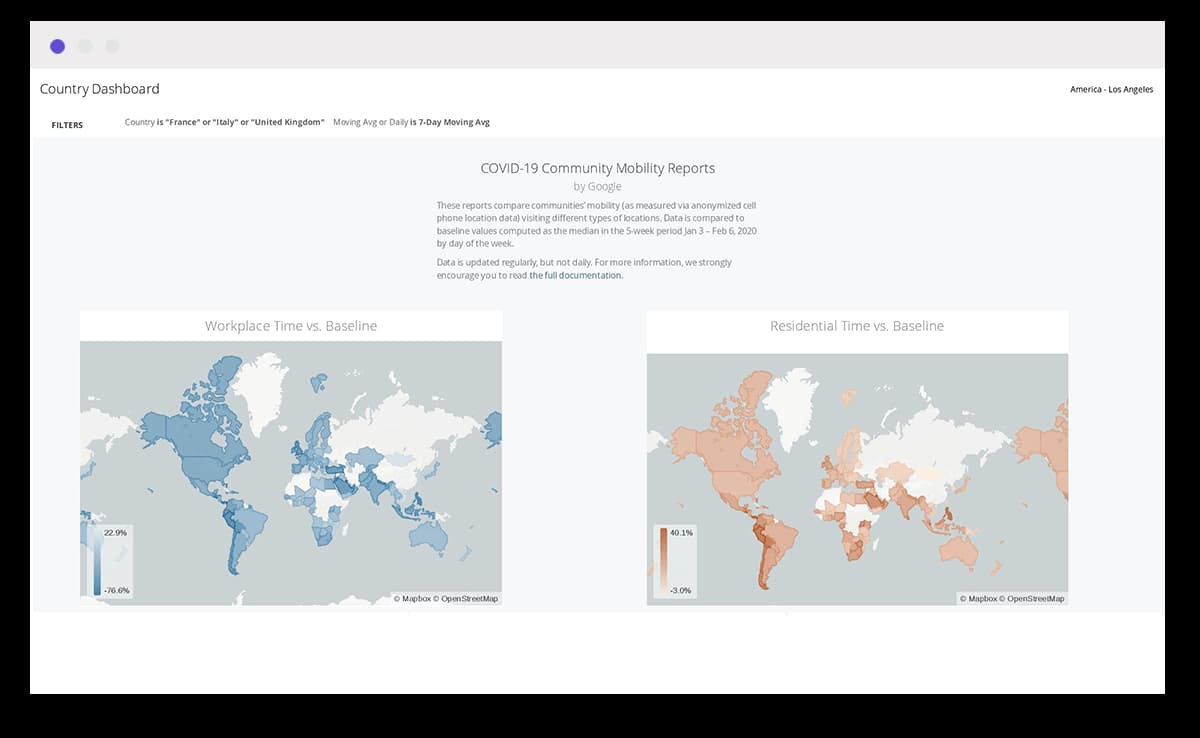

Combining public and private datasets
Because Looker Blocks provide a pre-built model for the relevant underlying datasets, joining public and private datasets is simple and quick. However, some Looker Blocks have already been built to combine data from various public and private datasets.
The Looker Block for retail analytics is an excellent example. It combines public weather data with internal sales data to help analysts explore how weather impacts retail sales, and can help retailers drill into transactions individually, by item, or by retail store.
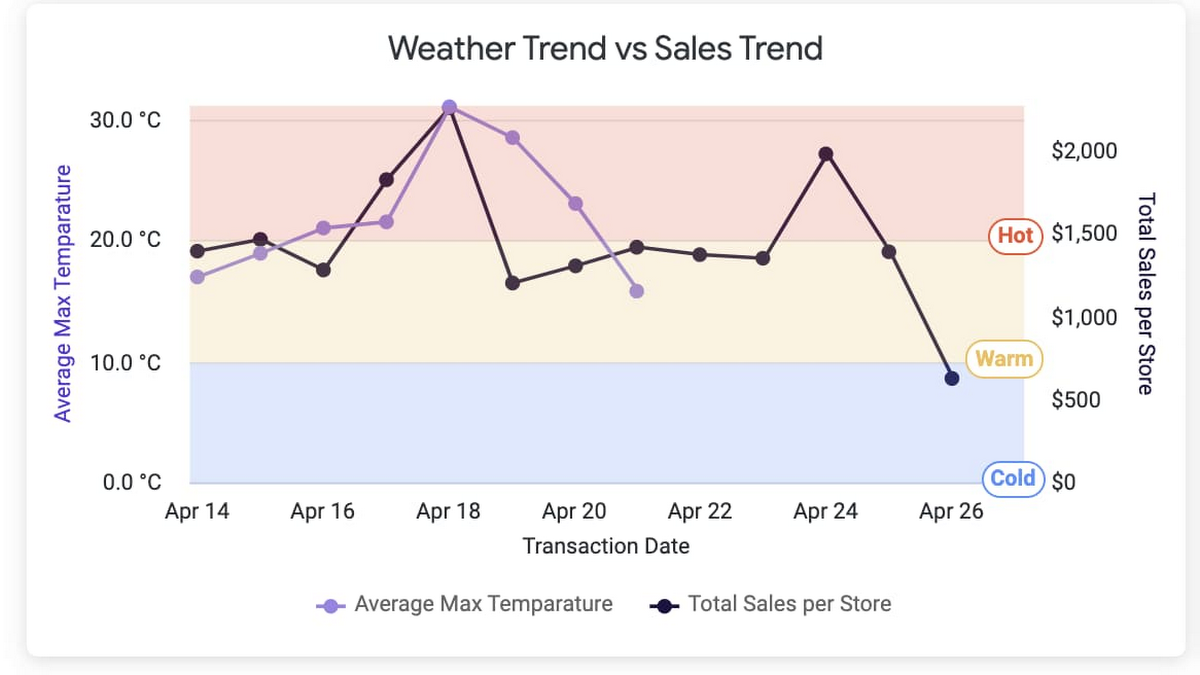

Learn more about the Analytics Hub and Looker Blocks
The Analytics Hub team published a blog to explain the value of the Analytics Hub itself and how it facilitates the exchange of third-party datasets and corresponding patterns such as Looker Blocks.
To see Looker Blocks in action you can check out the documentation, but a quick way to learn more is to request a demonstration — our team of data experts would be happy to show you how you can leverage pre-built analytics to accelerate time-to-insights using shared datasets.



